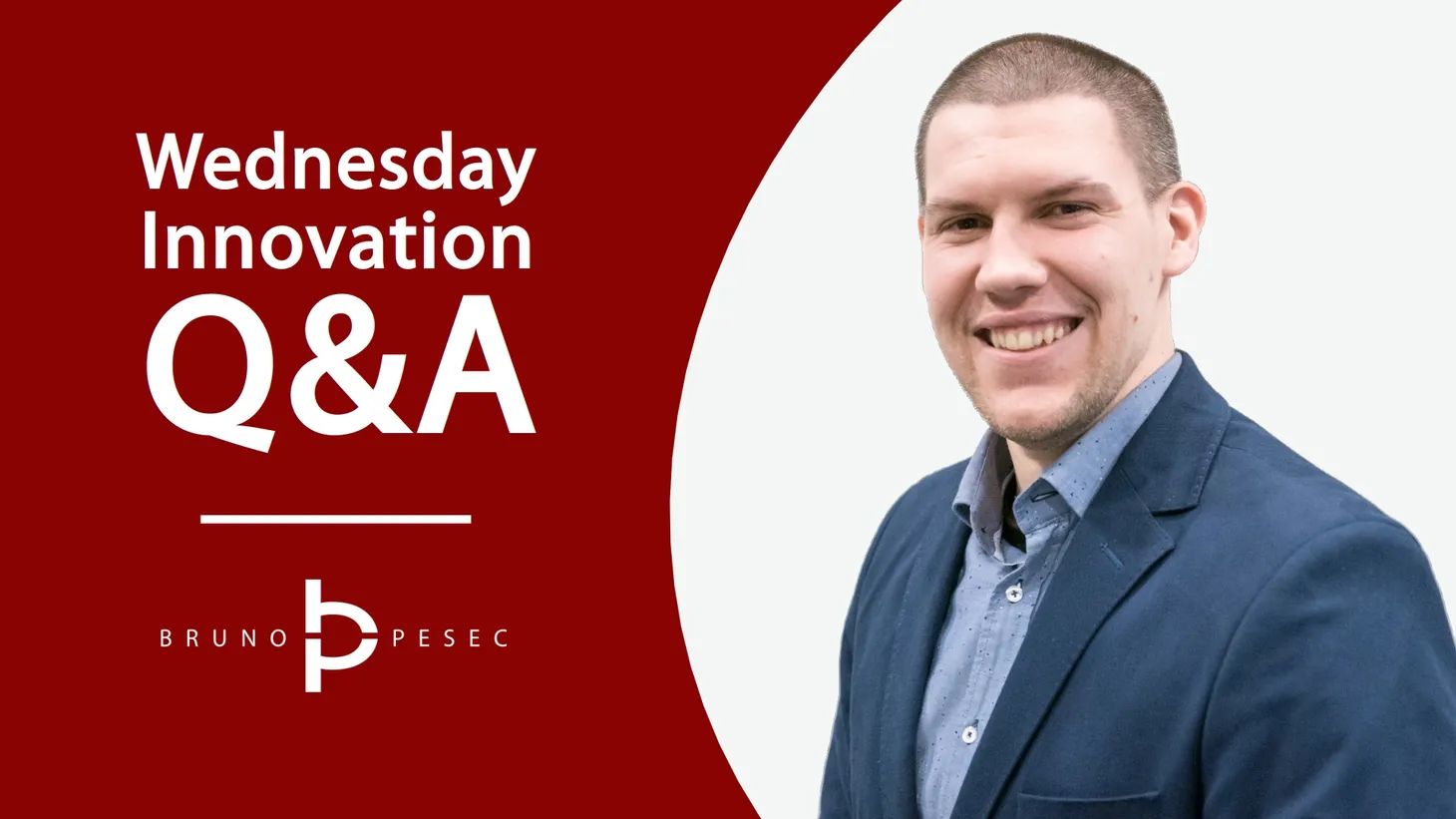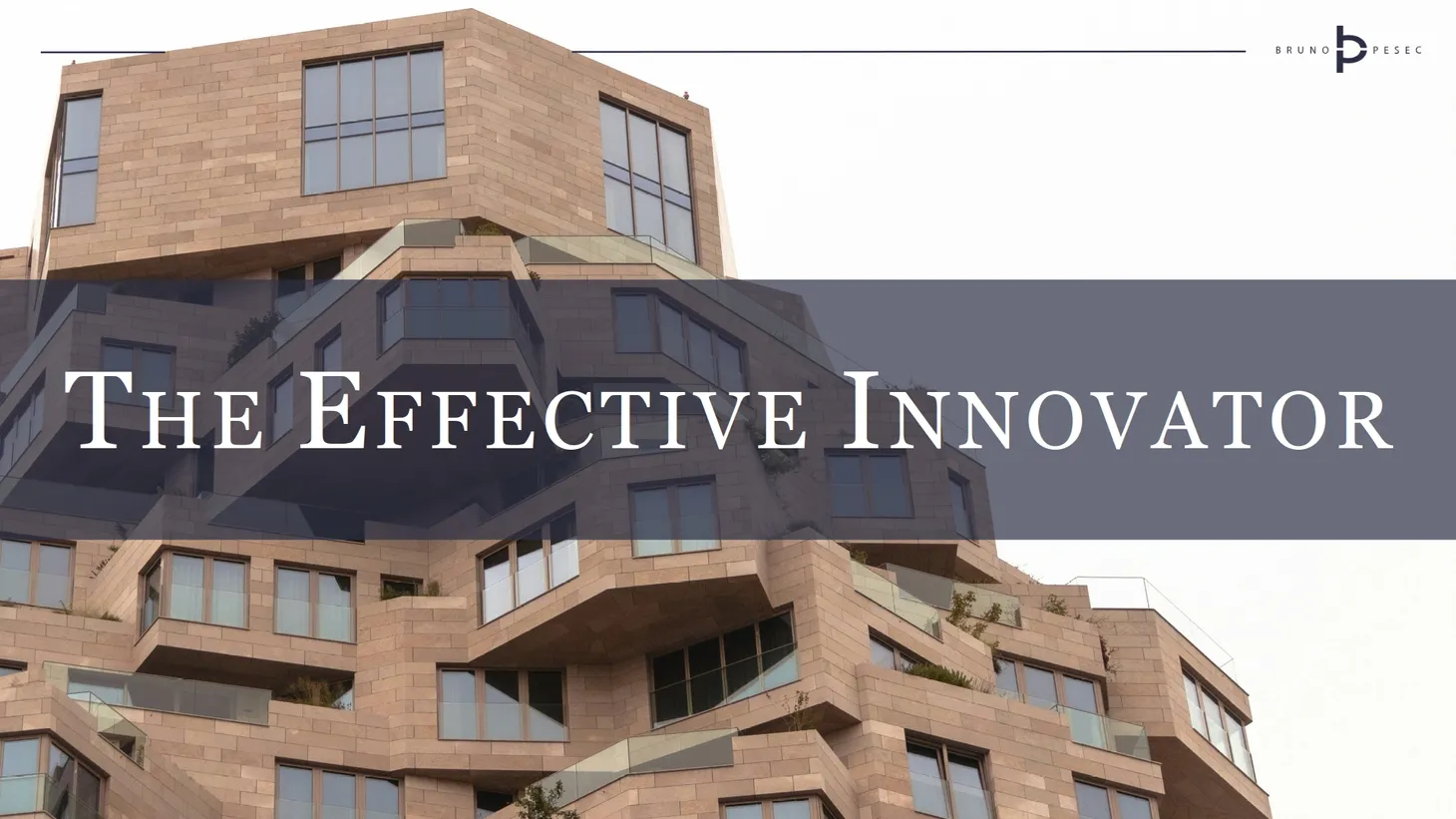Strategyzer Bootcamp
What have I learnt at the five day Strategyzer bootcamp?
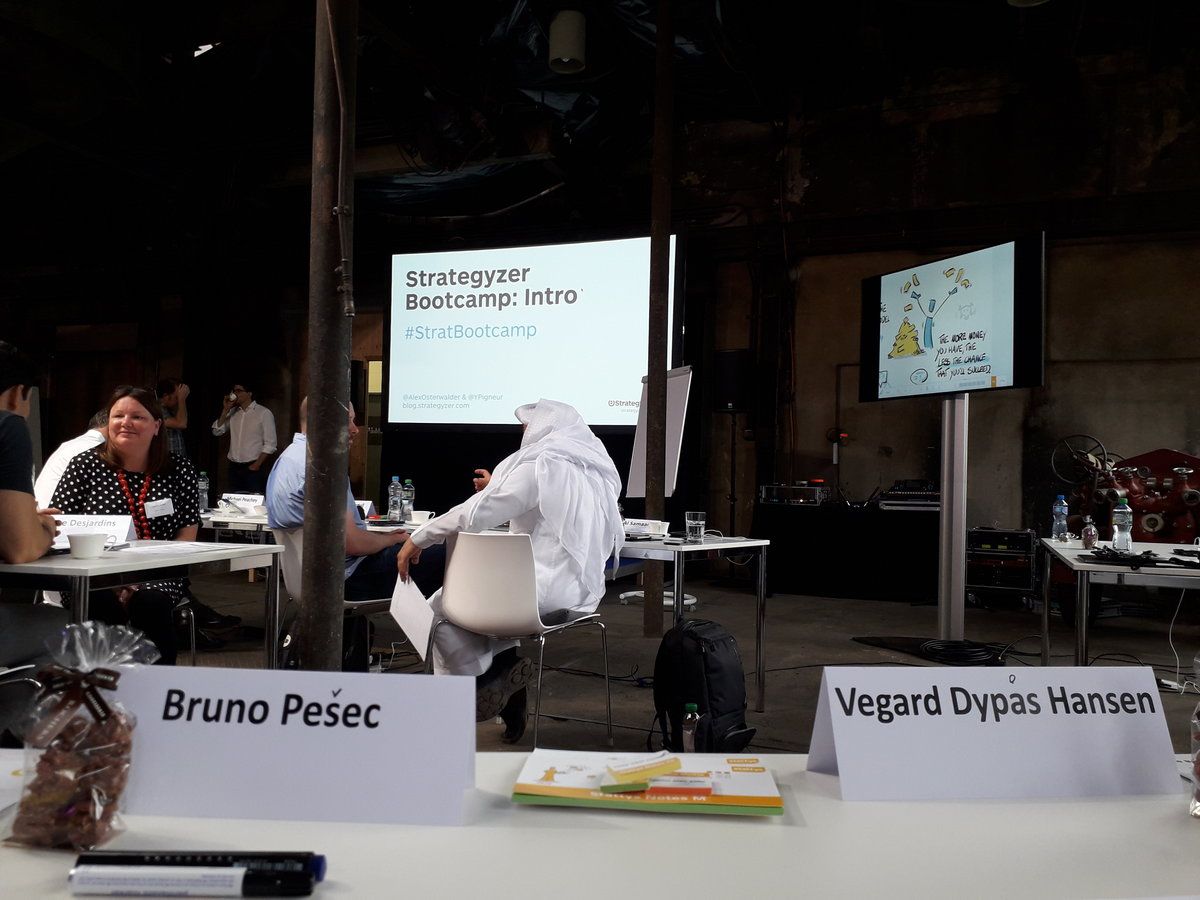
As a senior innovation coach at DNB my job is no less than fixing corporate innovation. We are moving away from a portfolio of products and services to a portfolio of business models. While product and service innovations are important, they by themselves are not enough to fuel the growth we’d like to see. Since that small issue has numerous potential causes and countermeasures, it makes sense to pick the best methodologies and tools as a starting point. (Avoiding reinventing the wheel, and all that.) That is why we decided to have The Corporate Startup framework and Strategyzer tools as a core part of DNB’s innovation toolbox.
Strategyzer bootcamp is an intensive five day training on business model innovation, led by Alexander Osterwalder, the creator of Business Model and Value Proposition Canvas. To be accepted you are required to have a strong command of the business model innovation toolbox, as well as experience with lean startup and innovation within large corporates. Since I couldn’t find any reviews when I was thinking of joining, I decided to share my experience.
My reason to attend, as well as learning goals, were to understand:
- if our current application of the Strategyzer tools can be improved,
- if we can teach these tools more efficiently at DNB, and
- development of new Strategyzer tools (e.g. business model portfolio management).
Bootcamp was divided in to five days, where every day had a different topic:
- Tools
- Design & Prototyping
- Testing
- Evolution
- Management
Besides Alexander Osterwalder, there were five other speakers:
- Holger Nils Pohl, visual facilitator
- Yves Pigneur, professor at the University of Lausanne
- Greg Bernarda, co-author of Value Proposition Design
- Elmar Mock, serial innovator and entrepreneur
- Stefano Mastrogiacomo, creator of the team alignment toolkit
It was around 50 hours of learning and working, and I’ll share some thoughts on each day. If you have any other questions related to the bootcamp and my experience with it, leave a comment or email me.
Day 1: Tools
First day was heavy on the Strategyzer core tools: Business Model and Value Proposition Canvas. It was interesting seeing how they design and plan their workshops. Since they live from them, they have standardized them to such a level that they were able to capture workshop blocks into what they referred to as content card deck. It was good to see that de Bono’s thinking hats are still alive. I finally understood that activity Alex uses in all his conference talks. You know, the one when he suddenly tells you to turn to your colleague and discuss the topic with him or her for exactly two minutes? It turns out that helps to activate the brain, which in turn helps the participants remember more. He also shared a book which inspired that exercise – Brain Rules by John Medina.
Holger Nils Pohl took us through a series of exercises to help us think more visually. He also presented a simple three-step framework for reaching clarity: (1) understand, (2) create, and (3) share. His reflection was that most of the time we are trying to answer the following three questions:
- Where are we today?
- Where do we want to be tomorrow?
- How do we get there?
I completely agree with Holger’s selection of questions. One of the common issues I see is having a weak understanding of where we are today, a fuzzy understanding of where we want to be tomorrow, and a jargon-laden understanding of how to get there. Some clarity would be a breath of fresh air.
Yves Pigneur explained the most important design principles for a visual inquiry tool:
- conceptual model (ontology)
- shared visualisation (empty problem spaces)
- directions for use (great UX)
It was a great talk, and helped me better understand how Business Model and Value Proposition Canvas were built. I do believe this knowledge will serve me well when assessing the usefulness of other similar tools.
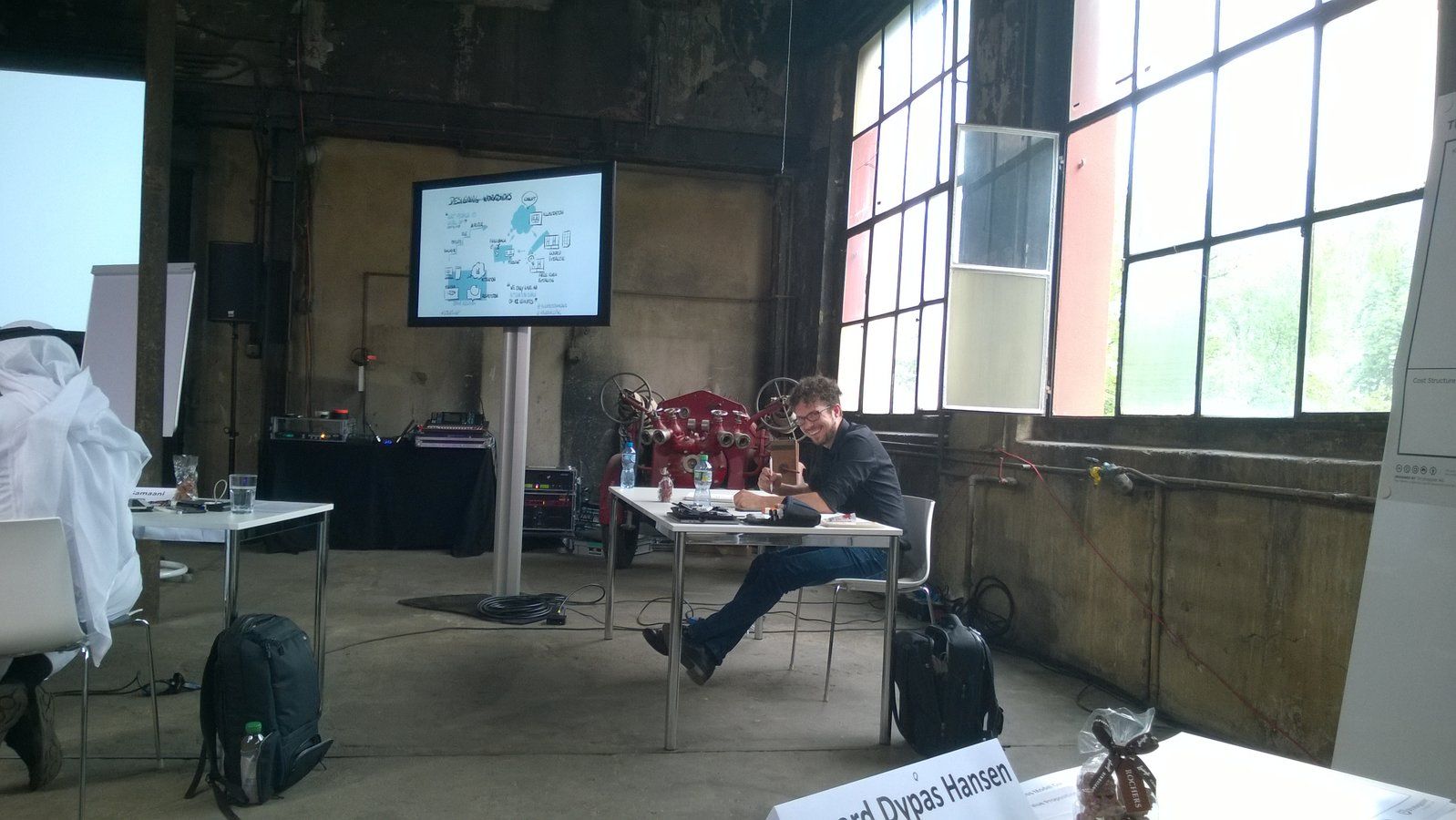
Day 2: Design & Prototyping
Second day was focused on rapid prototyping using as primitive methods as possible – napkin sketches, paper prototyping, story boards, brochures, etc. They also introduced a “design brief”, which outlines the challenge or opportunity to address, defines the scope of the project (what’s in/out), and provides a means of measuring success. You can think of it as a simpler variant of project charter. We used the culture map (created by Dave Gray) to look into blockers and enablers for lean startup in corporate environments.
It is easy to forget that the quality of the business model can be assessed before it goes into market, either by using the SWOT analysis or seven questions provided by the Strategyzer. While ultimate truth lies in the market, there is little point in testing a shitty business model. Alex announced that their new book will be focusing on the business model patterns.
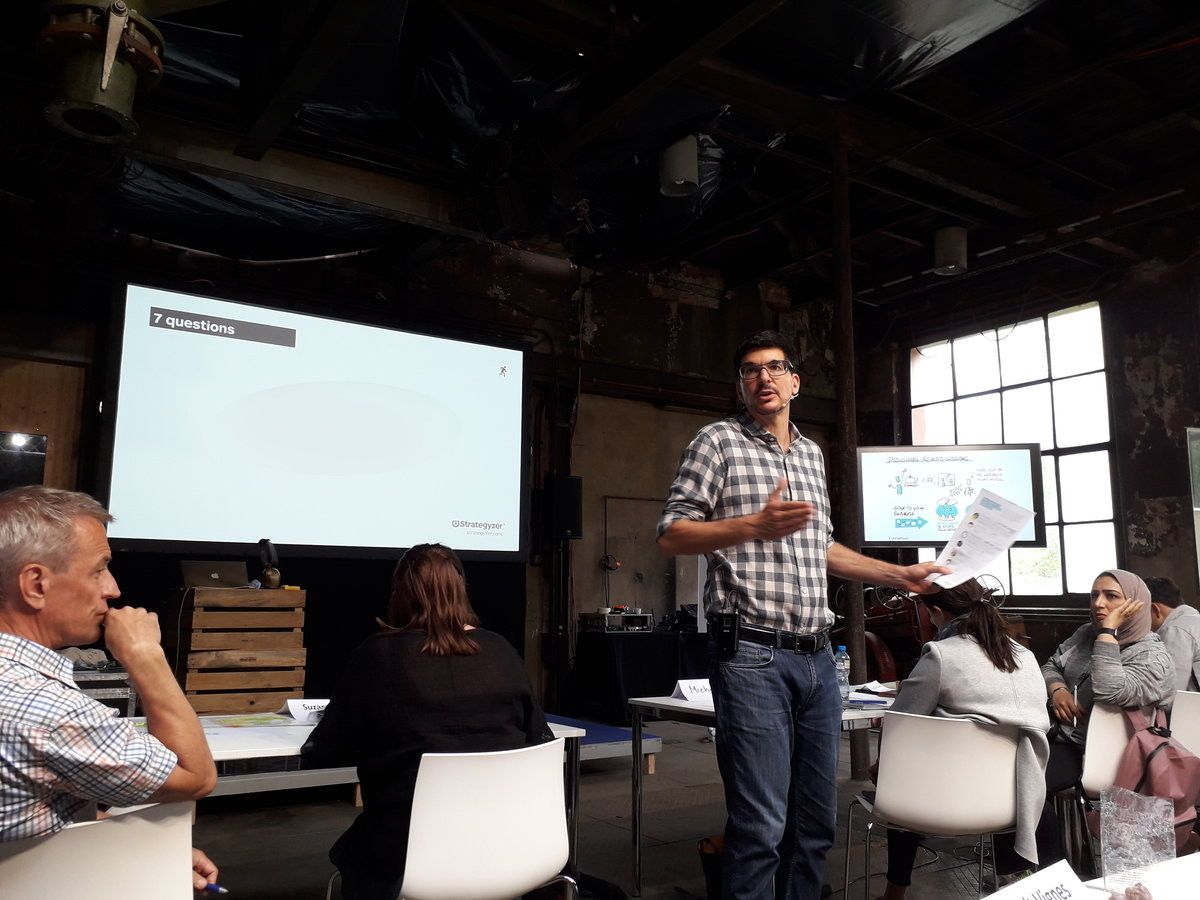
Day 3: Testing
We continued working with the culture map, this time looking at the ideal innovation culture in a corporate environment. Apparently someone said something I liked so much that I’ve written it in my notebook, but without the source: design a culture like a garden, not like a car.
Most of the third day was focused on innovation metrics and testing. It was interesting to see that they added adaptability risk to the IDEO’s desirability, feasibility, and viability. Most of Strategyzer’s experiment library is focused on desirability testing. Most of it was quite basic. We also got to hear about Strategyzer’s Innovation Sprint and Innovation Spark, their two products aimed at corporates.
Greg Bernarda shared his experiences as a Strategyzer coach. Bayer shared how they cooperated with Strategyzer to improve their innovation efforts. It was interesting.
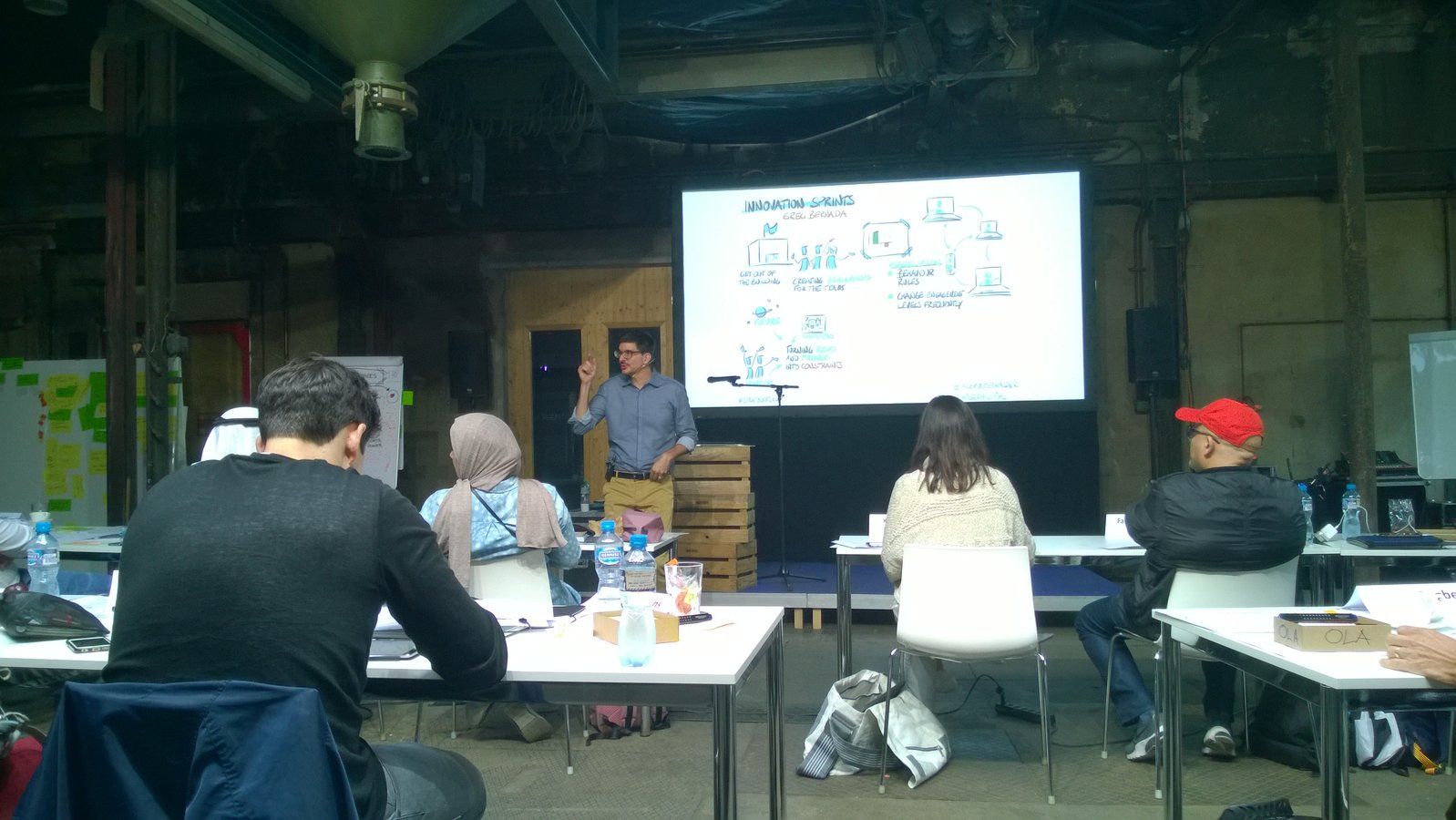
Day 4: Evolution
The day I’ve been looking forward to the most – finally hearing more about innovation portfolio management.
Elmar Mock, a serial inventor and entrepreneur, kicked off the day with a quite entertaining presentation. Innovation by kama sutra is my new favourite metaphor on how to do innovation. After his talk I wrote down two books to check out: The Innovation Factory and Innovation is no Accident. Martin Tinu Anders, one of his employees, shared a bit more on how they work with others on creating innovative solutions.
When it came to the business portfolio map, we haven’t heard or seen more than what was already shown by Alex at his recent speaker engagements, or written at the Strategyzer’s blog.
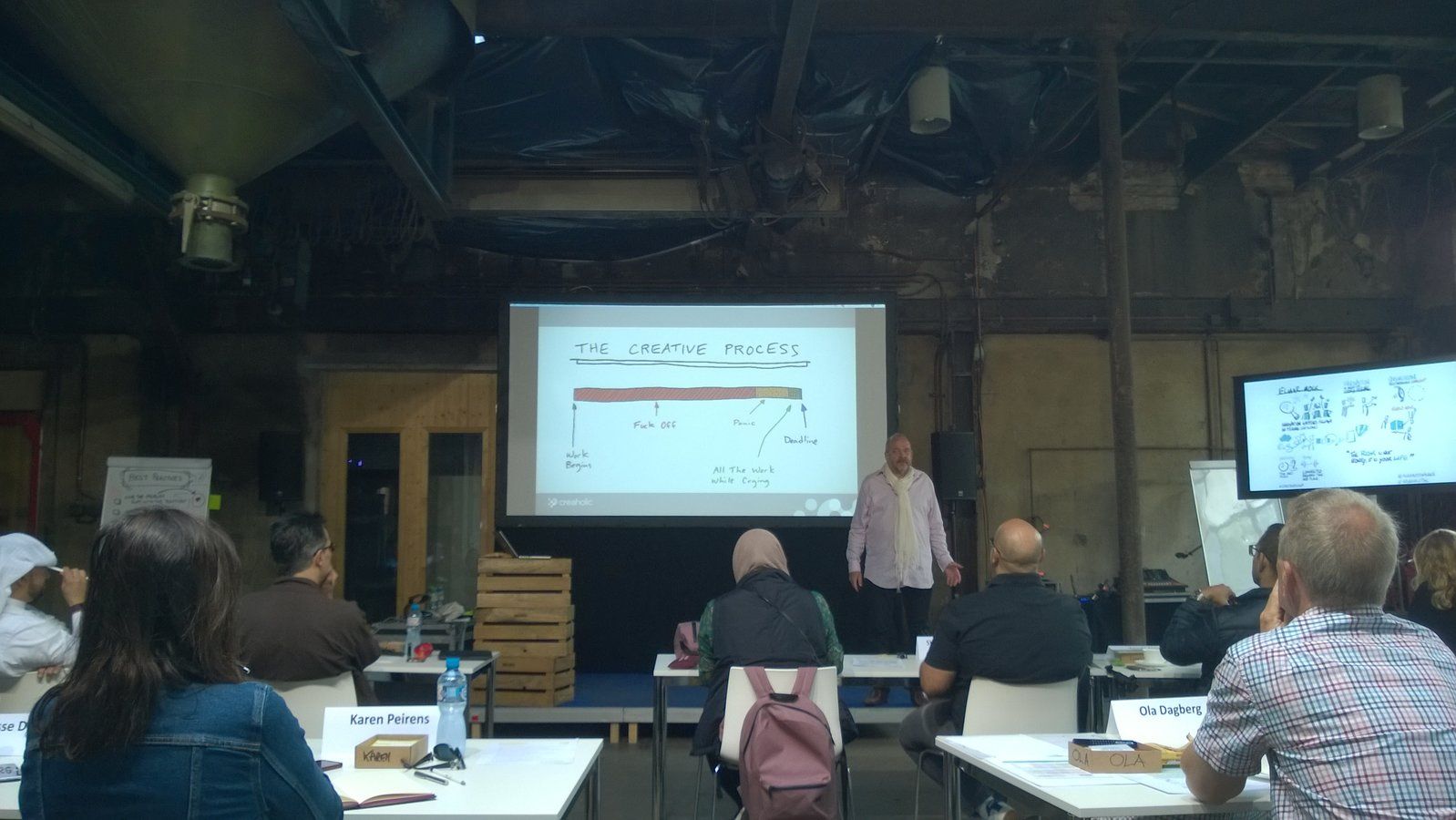
Day 5: Management
Stefano Mastrogiacomo was the star of the last day. He put forward a strong case of how big is the opportunity cost of misaligned teams. With simple alignment of the team it is possible to improve the joint performance by up to twelve times (median was by four times). We spent most of the time working with the team alignment toolkit, which he developed and refined over the last decade. I have seen this toolkit before, but haven’t thought much of it. After playing around with it, I definitely see a potentially strong use case as a supplement to our agile practices.
Stefano also spent some time explaining different concepts and tools related to the psychological safety. I liked his explanation of looking at language as an indicator for psychological safety.
We wrapped up the day with presentation of the visual inquiry tools we had to design during the week.
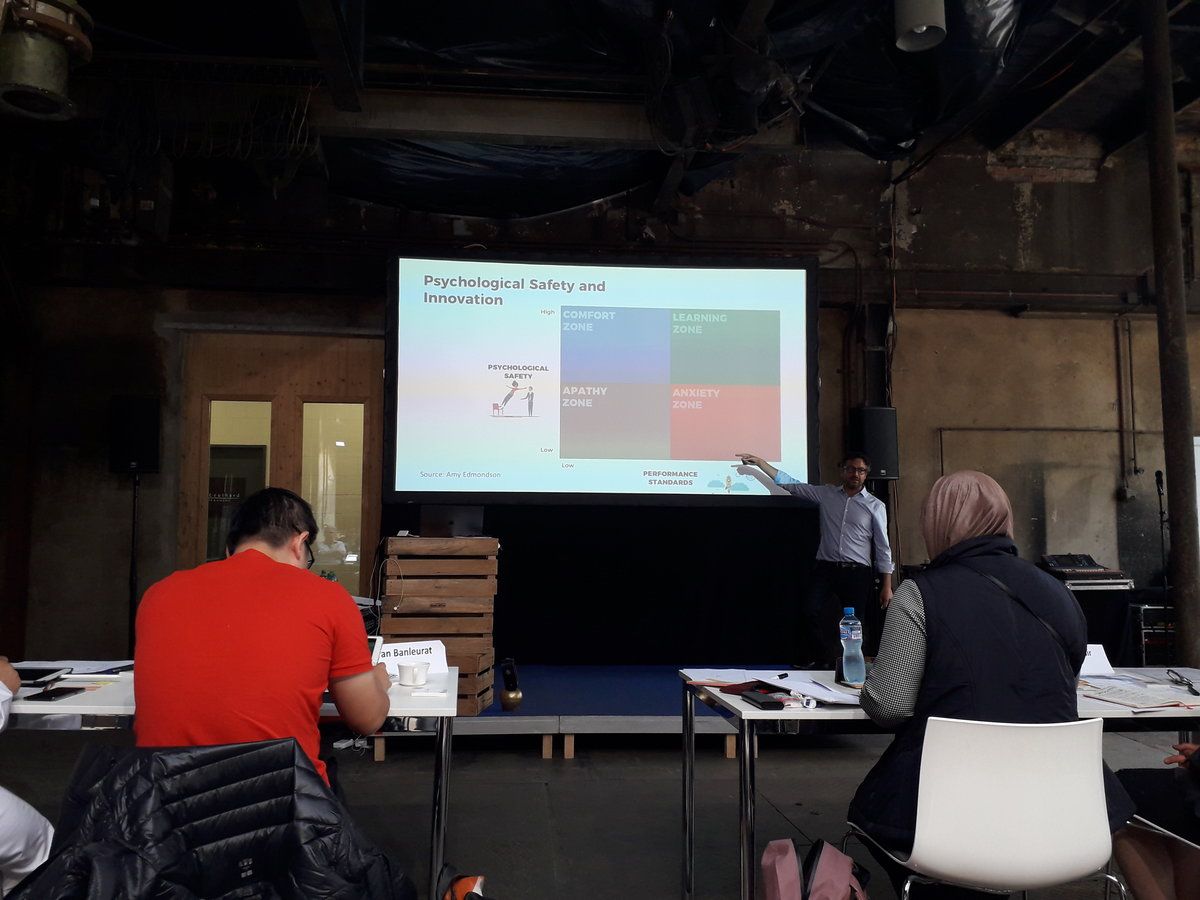
Concluding remarks
It was a fun five days, and they flew by quickly. I came there with specific learning goals, which were:
- understand how the current application of the Strategyzer tools can be improved,
- understand how can we teach these tools more efficiently at DNB, and
- understand the development of new Strategyzer tools (e.g. business model portfolio management).
I’m satisfied with my lessons learned related to the first two goals. There were not a lot of lessons learned for the last goal. Bonus was learning more about how Strategyzer approaches tool design.
Networking and knowledge exchange with peers coming from all parts of the world wasn’t part of the learning goals, but was definitely a part of the overall experience. I’ve met some interesting people who have similar problems, and I look forward to continuing my conversation with them.
Bruno Unfiltered
Subscribe to get the latest posts delivered right to your inbox. No spam. Only Bruno.



